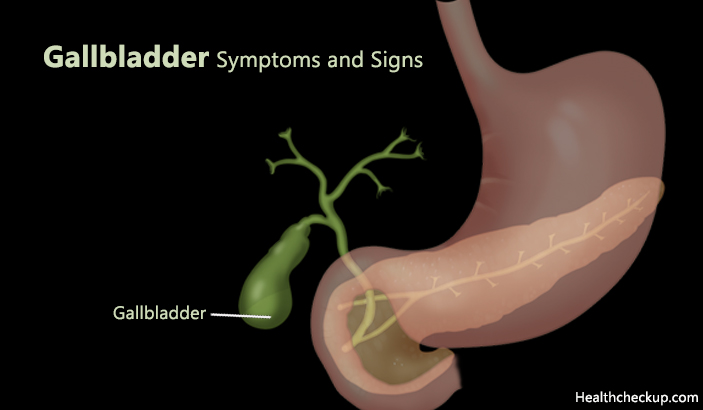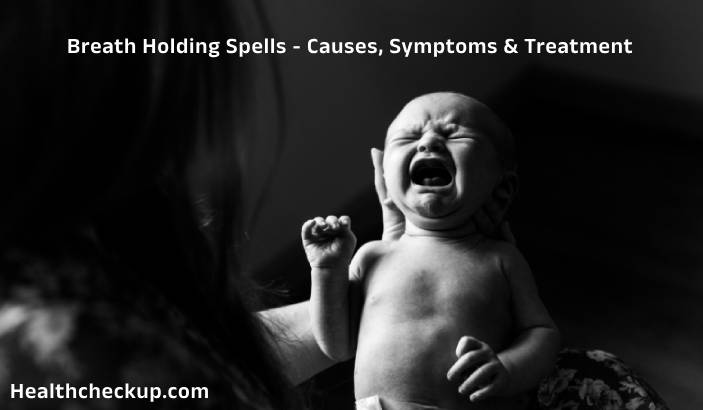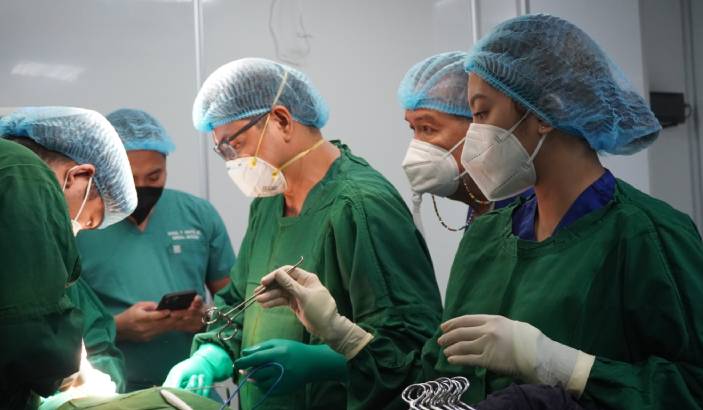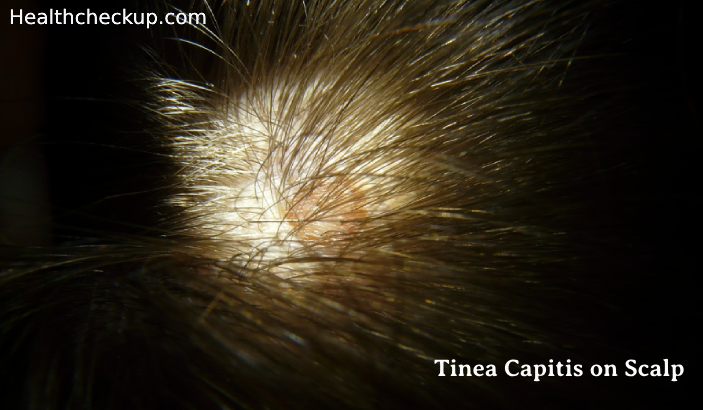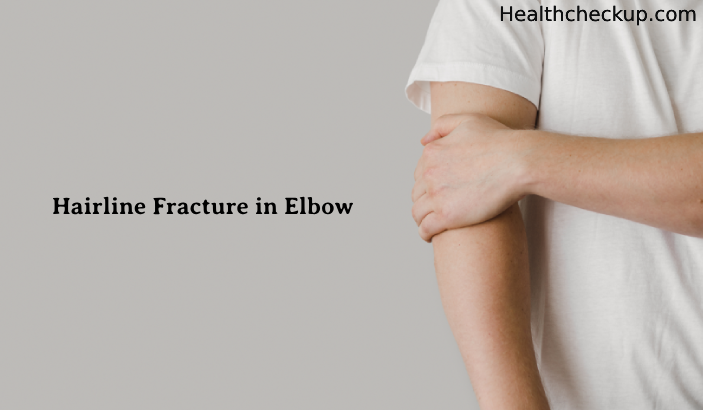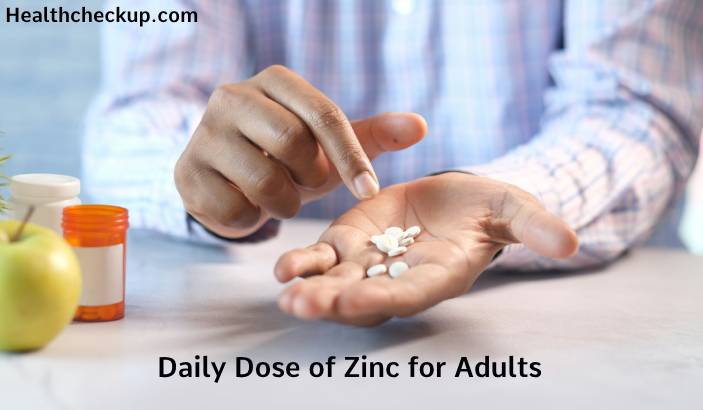Gallbladder aids the digestive system to keep it running easily, but still a healthy individual can live without gallbladder. You may have a problem with your gallbladder if you experience:
1. Abdominal Pain after Meals
Abdominal pain is a common problem when we eat some wrong food, but if you experience some unfamiliar pain then you should note down the frequency and time. Sometimes you might realize that your stomach pain aggravates after eating greasy or some fatty foods. The reason may be that your digestive system is struggling to digest the fat.
2. Nausea/ Vomiting
Nausea and vomiting can be symptom for small problem to bigger issue. Saying that even gallbladder problems exhibit to either nausea or vomiting or both.
3. Chest Pain
As you are aware gallbladder is present in the upper abdominal area, it is probable that whenever there is a chest pain, then gallbladder can also be a culprit. Particularly if one is suffering from a gallbladder blockage, then it can be felt as if the person is having heart attack.
4. Jaundice
If gallbladder gets blocked by stones which can happen normally then it can lead to jaundice. When the gallbladder is blocked by stones, it cannot move the bile through the body, then bile will pile up in that area which ultimately releases large amounts of bilirubin in the blood.
5. Recurrent Abdominal Pain
Recurrence of abdominal pain is the most common symptom of gallbladder problem, sometimes which might be severe as well. The stomach pain might be there for several hours and go away after sometime. So there might be recurrence again with regular intervals.
Gallstone blockage leads to abdominal pain. When there is a blockage, the gallbladder may really be constricting in an effort to clear itself of accumulation. Your physician would label this narrowing as a biliary colic.
6. Fever and Chills
When there is gallbladder inflammation (cholecystitis), one might experience fever and chills.The common causes of gallbladder inflammation are bacterial infection, gallstones, tumor or alcohol consumption.
If left untreated then due to blockage the gallbladder can burst which will require immediate medical attention leading to serious condition. So it is important to see your doctor if you suspect gallbladder associated fever or chills.
7. Urine or Stools Colour Changes
There will be brown colored stool if there is normal flow of bile in to our digestive system. Suppose if one has gallbladder problem, then he or she might experience change in stool color like pale or clay-colored as symptoms of gallbladder problem. The urine colorcan also darken, nevertheless this symptom is vaguer and can be attributed to other issues also.
8. Chronic Diarrhea
When the person has gallbladder issues, it becomes difficult for digestive system to digest the food which ultimately leads to chronic diarrhea and excessive gas.
9. Heartburn and Indigestion
As mentioned before due to difficulty in digesting the food, indigestion occurs leading todisturbance in the body’s capability to digest food. Regular check should be done regarding indigestion and heartburn if it happens after meals.
10. Pain when Inhaling
Whenever a deep breath is taken, there might be difficulty in inhaling. This can also be a symptom of gallbladder problem. The pain mightdirect a gallbladder blockage and doctor should be contacted immediately.
Gallbladder Facts
The gallbladder is essentially a pear-shaped pouch which stores bile. Bile is a liquid which is prepared by the liver to aid in digestion of fatty foods. Gallbladder has the bile ducts which helps in transporting the bile via liver to the gallbladder. From gallbladder it gets transported to the digestive tract. During this transportation if the ducts get blocked then the process stops there leading to pain.
In reaction to signals, the gallbladder crushes bile which has been stored into the small intestine via a sequence of tubes named ducts.
Gallstones can build up in gallbladder, as well as one or both of the ducts. When the gallbladder is crushed (compressed by musculature), bile usually travels out via the ducts into the GI tract. Although, gallstones or gallstone muck is there, then it can lead to partial or full ducts blockage with heaviness on the surrounding tissue, occasionallysufficient to lead to local ischemia. Additionalconditions like trauma can also cause gallbladder pain. Biliary ducts and gallbladder infection that occurs after the gallstone obstruction might also lead to pain.
Below are the most common gallbladder problems and their symptoms:
Symptoms of Cholecystitis (Inflamed gallbladder):
- Upper right or center abdomen severe pain
- Pain that radiates to right shoulder or back
- Abdominal tenderness when it is touched
- Vomiting
- Nausea
- Fever
Cholecystitis signs and symptoms often occur after a meal, particularly if one has had a very large or fatty one.
Symptoms of Gallbladder Polyps:
In most Cases, Gallbladder Polyps do not Cause any Symptoms, but Sometimes they Can Cause:
- Right upper abdominal quadrant pain
- Nausea
- Vomiting
- Polyps are frequentlyrelatedto gallstones
Rare difficulties include acute acalculouscholecystitis, cancer and jaundice. Cholesterol polyps can separate, form in the common bile duct which can lead to pancreatitis.
Symptoms of Gallbladder Stones:
Symptoms of Gallbladder stones typically happen as complications progress. The most common symptom is right upper part abdominal pain. As the pain originates in incidents, it is normally called as an “attack.”
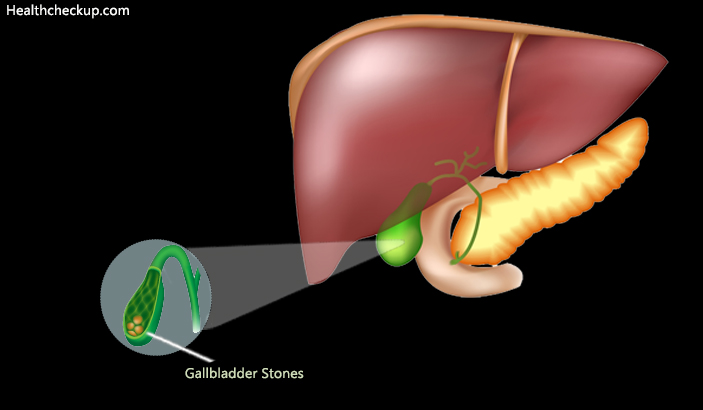
Here are the Symptoms of Gallstones:
- Attacks might happen more often, days, weeks, and months; and infact they might even be disconnected by years.
- The pain typically starts within 30 minutes after a greasy or fatty meal.
- Pain can be dull, severe and continuous, and which canbe there from one to five hours.
- The pain can radiate to the back or right shoulder.
- It happensmore often at night which awakes the individual from sleep.
- Whenever there is a pain, the individual might want to move to get some help from pain. Most of the patients prefer not to move and will stay still. It is better to wait for the pain or attack to get subsided.
Symptoms of Gallbladder: Cancer
- Abdominal pain
- Vomiting
- Jaundice
- Nausea
- Lumps or masses in the belly
- Weight loss
- Dark urine
- Fever
- Greasy stools
When to see a Doctor
Make an appointment with your doctor if you have troublesome signs or symptoms of gallbladder problems. If your abdominal pain is becoming very severe that you are not able to sit comfortably then have someone to drive you to the emergency room.
Medically Reviewed By

I am an experienced Medical/Scientific writer with a passion for helping people live a happy healthy life. My thirst for writing has followed me throughout the years – it is there when I wake up, lingering at the edges of my consciousness during the day, and teases me at night as I go to sleep.


